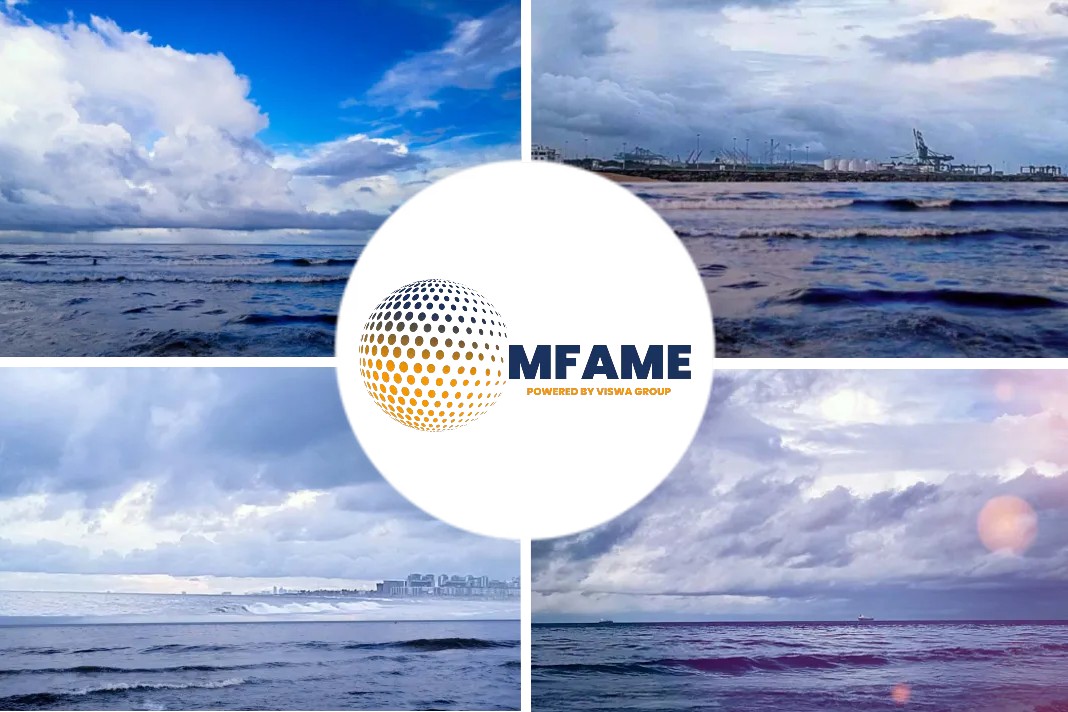
IMO must take the opportunity to reduce underwater noise by transitioning to cleaner ships, mentions an Ajot news source.
Energy efficiency and underwater radiated noise
As a workshop exploring the relationship between energy efficiency and underwater radiated noise from shipping opens today at the International Maritime Organization (IMO) in London, the Clean Arctic Alliance called for international action to support the transition to ships that are both more efficient and quieter as efforts to decarbonize the global shipping fleet are stepped-up.
According to the IMO, the Workshop on the Relationship between Energy Efficiency and Underwater Radiated Noise from Ships (18-19 September) “seeks to engage participants who work in the greenhouse gas (GHG) and underwater radiated noise (URN) technical, regulatory and policy spaces, to include wide participation from industry with practical experience implementing both GHG/emissions reductions programs as well as those who are interested in or involved in reducing URN”.
“This IMO Workshop must identify and prioritize actions that will make ships quieter and reduce their climate impact”, said John Maggs, President of the Clean Shipping Coalition. “Earlier this year, IMO members adopted new targets to jump-start decarbonization of the global shipping fleet, including a commitment to cut ship climate emissions by 30% by 2030 – it is clear that there is a large overlap between measures that can be implemented quickly to reduce ship climate impacts and those that also reduce ship-source underwater noise pollution. Work should start immediately on “win-win” solutions like slower speeds and the use of modern wind power.”
“The IMO has significant opportunities to reduce underwater noise by ensuring that ships are both quieter and more efficient – this can be achieved by better operation of vessels, retrofitting quieting technology, and designing quieter ships”, said Eelco Leemans, Technical Advisor to the Clean Arctic Alliance. “The most important source of continuous underwater noise in shipping is cavitation or the production of vacuum bubbles by propellers. The noise emitted by ships overlaps with the sound produced and used by marine mammals, making it hard for these animals to communicate, find food, and even navigate. Fish, invertebrates, and a variety of other marine species are also negatively impacted by ship-generated noise. The easiest short-term measure is for ships to slow down to reduce the cavitation effect, which not only results in – quieter and more efficient ships and lower greenhouse gas emissions, but it will also reduce the number of marine animals hit and killed by ships.”
“Wind propulsion and wind-assisted propulsion are also important for efforts aimed at increasing ship efficiency, reducing greenhouse gas emissions, and reducing noise, including on both large and small vessels. In fact, for some ship types they may be the best solution to address both issues”, Leemans added.
“It will be important that the IMO Member States emerge from this workshop ready to pursue the quieting of shipping in tandem with efforts to decarbonize the global shipping fleet”, said Sarah Bobbe, Arctic Program Manager of Ocean Conservancy. “As cleaner, greener ships are designed and built to meet targets on reducing climate emissions, underwater noise reduction targets should be simultaneously achieved. This can be done immediately by specifying the amount of noise reduction needed, and providing appropriate information and regulatory drivers to support the transition to efficient and quieter ships.”
Did you subscribe to our daily newsletter?
It’s Free! Click here to Subscribe!
Source: AJOT


















